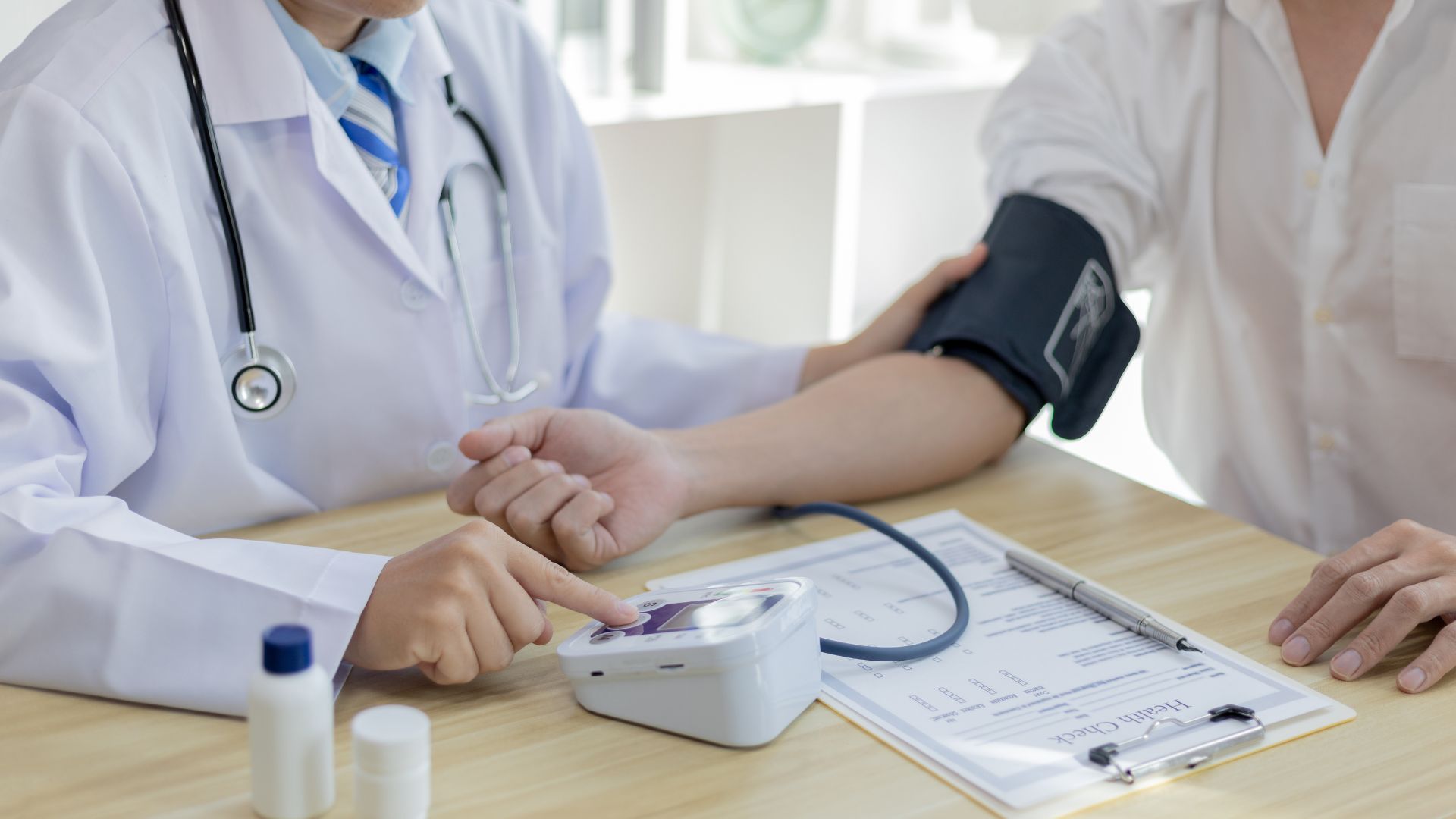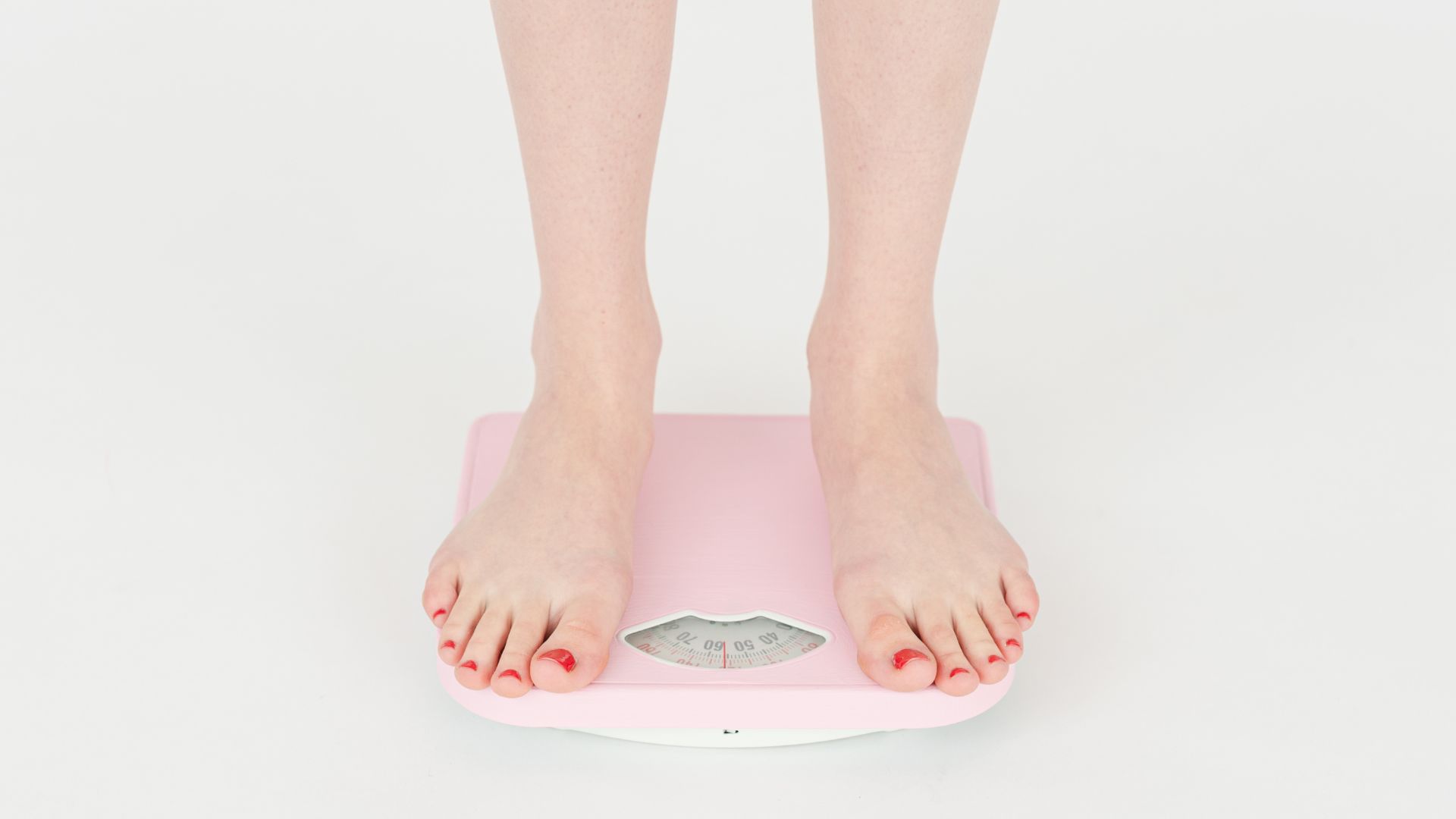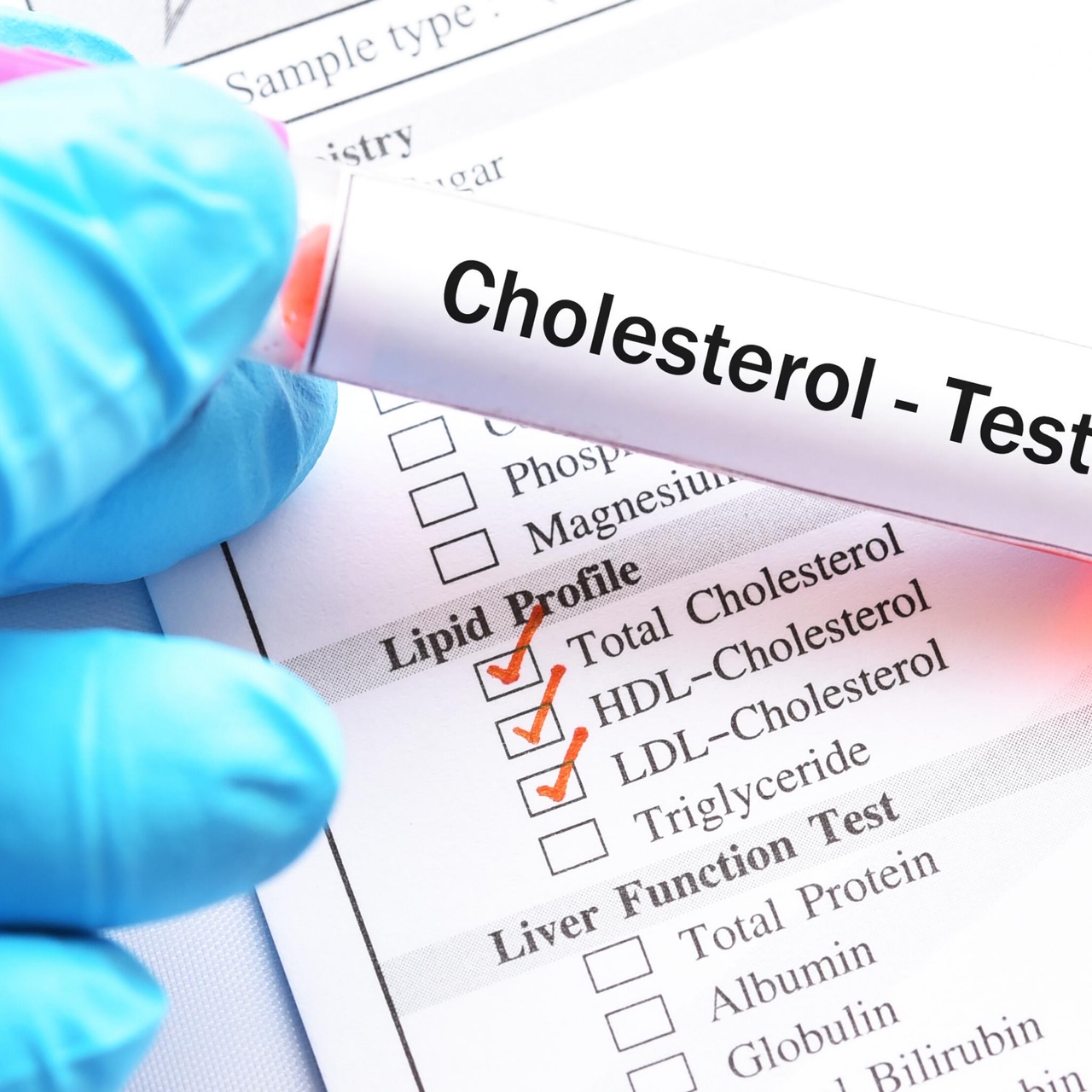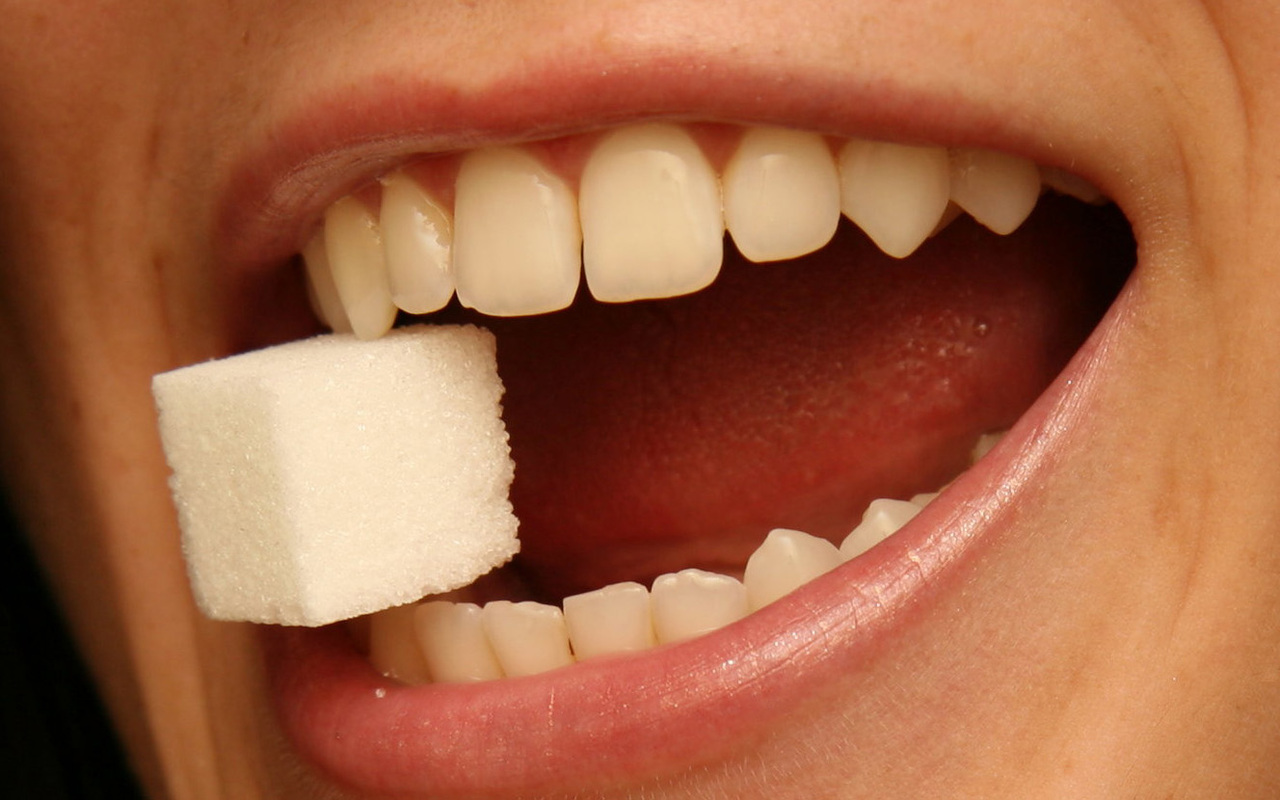First question: what is Candida? Did you ever hear about it?
Candida is a fungus, which is a form of yeast, and a very small amount of it lives in your mouth and intestines. Candida organisms commonly colonize the human gastrointestinal tract as a component of the resident microbiota. It helps out with digestion and nutrient absorption.
But when overproduced, candida can break down the wall of the intestine and penetrate the bloodstream — releasing toxic byproducts into your body and causing leaky gut. This can lead to many different health problems, from digestive issues to depression. Indeed, it causes infection when our natural resistance to its overgrowth is reduced. However you may not necessarily see visible signs of an infection, it can present a wide variety of symptoms, the exact combination and severity of which are unique to each individual case. Because candidiasis can manifest itself through many seemingly unrelated symptoms, the diagnosis is very often missed. In fact, it is estimated that 70% of people have Candida overgrowth in their intestines, mouths or on their skin.
The Candida organism can become capable of causing illness when your body’s ability to contain it proves ineffective and consequently allows the yeast to spread, causing an overgrowth. This can happen either internally or externally, such as on the skin and in and around the oral and vaginal cavities.
Gut inflammation, from candida yeast infection, is usually instigated by one or several of the following factors:
- Prescription hormones (e.g., birth control pills and/or hormone replacement therapy) and prescription corticosteroids (e.g., hydrocortisone).
- Excessive use of antibiotics which kills off health bacteria, causing dysbiosis, candida overgrowth and candida yeast infection.
- Processed foods, as well as foods and beverages contaminated by parasites, fungus, and/or mold which promote the growth of candida yeast infection.
- Increased amounts of refined carbohydrates (e.g., candy bars, cookies, cake, soft drinks, and white bread) which also promote the growth of candida yeast overgrowth and dysbiosis.
- Increased alcohol and caffeine consumption. Remember that alcohol is a natural result of yeast overgrowth and sugar.
- Mercury from mercury amalgam dental fillings.
- Chlorine from drinking and bathing/swimming water.
And what about the symptoms?
Do you feel unwell and lack energy, but doctors tell you that your tests are all ‘fine’? Candida may be affecting millions of people in a very dramatic way – so could this be the explanation you’ve been looking for?
Here are some symptoms which may be your body’s way of signalling Candida overgrowth:
- Facial swelling upon exposure to strong smells
- Digestive issues such as bloating, constipation, or diarrhea
- Bloating, gas, and cramps immediately after eating
- Alternating bouts of constipation and diarrhea
- Headaches, poor concentration, and irritability
- Food Allergies
- Irritability
- Lack of concentration
- Vaginal infections, urinary tract infections, rectal itching or vaginal itching
How should you get tested?
There are several possibilities such as:
- Laboratory/Diagnostic testing for yeast and fungal Infections
- Antibody testing (Candida, specific molds, fungi)
- Fungal stool culture and stool smear (false negatives happen)
- Nasal swab fungal analysis
- Organic acids: D-arabinitol (false negatives happen)
But it’s very important to be in the right hands. Indeed the interpretation of the specialist is fundamental here.
Once the diganosis is confirmed, how to treat it?
First step: getting rid of the candida overgrowth, which mainly requires switching to a low-carbohydrate diet.
Sugar is what feeds yeast. So start by eliminating sugar in all of its simple forms — such as candy, desserts, alcohol and flours. At the same time, cut back to just one cup a day of the more complex carbohydrates, like grains, beans, fruit, bread, pasta and potatoes. This will help prevent the candida from growing and eventually cause it to die.
Patients may also use an anti-fungal medication for at least a month.
Next, you should rebuild the good bacteria that typically keep your candida population under control. Taking anywhere from 25 to 100 billion units of probiotics on a regular basis should help to reduce the candida levels and restore your levels of good bacteria.
Finally, heal your gut. Eliminating inflammatory foods that can harm your GI tract — and introducing foods that help — will prevent candida from working its way through your body, and dramatically improve your overall health.








